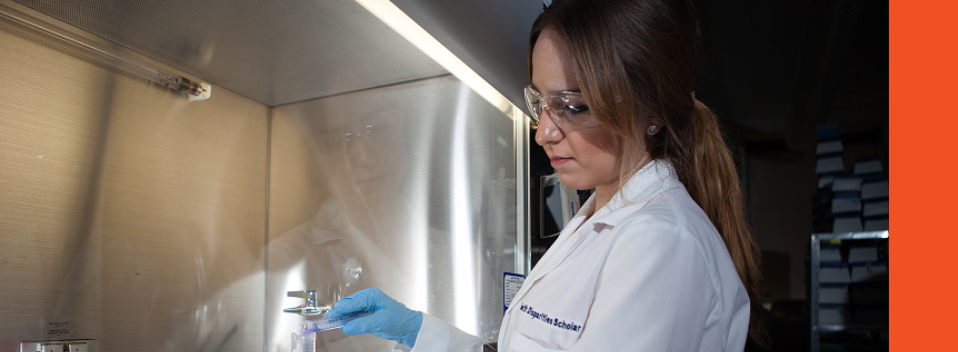
Health & Biomedical Sciences Faculty Publications and Presentations
The Application of microRNAs in Biomaterial Scaffold-Based Therapies for Bone Tissue Engineering
Document Type
Article
Publication Date
6-5-2019
Abstract
In recent years, the application of microRNAs (miRNAs) or anti-microRNAs (anti-miRNAs) that can induce expression of the runt-related transcription factor 2 (RUNX2), a master regulator of osteogenesis, has been investigated as a promising alternative bone tissue engineering strategy. In this review, biomaterial scaffold-based applications that have been used to deliver cells expressing miRNAs or anti-miRNAs that induce expression of RUNX2 for bone tissue engineering are discussed. An overview of the components of the scaffold-based therapies including the miRNAs/anti-miRNAs, cell types, gene delivery vectors, and scaffolds that have been applied are provided. To date, there have been nine miRNAs/anti-miRNAs (i.e., miRNA-26a, anti-miRNA-31, anti-miRNA-34a, miRNA-135, anti-miRNA-138, anti-miRNA-146a, miRNA-148b, anti-miRNA-221, and anti-miRNA-335) that have been incorporated into scaffold-based bone tissue engineering applications and investigated in an in vivo bone critical-sized defect model. For all of the biomaterial scaffold-based miRNA therapies that have been developed thus far, cells that are transfected or transduced with the miRNA/anti-miRNA are loaded into the scaffolds and implanted at the site of interest instead of locally delivering the miRNA/anti-miRNAs directly from the scaffolds. Thus, future work may focus on developing biomaterial scaffolds to deliver miRNAs or anti-miRNAs into cells in vivo.
Recommended Citation
Arriaga, M. A., Ding, M. H., Gutierrez, A. S., & Chew, S. A. (2019). The application of microRNAs in biomaterial scaffold‐based therapies for bone tissue engineering. Biotechnology Journal, 14(10), 1900084. https://doi.org/10.1002/biot.201900084
Publication Title
Biotechnology Journal
DOI
10.1002/biot.201900084


Comments
© 2019 WILEY-VCH Verlag GmbH & Co. KGaA, Weinheim
https://onlinelibrary.wiley.com/share/T2BY8HNJH9EGP4UJQIDN?target=10.1002/biot.201900084